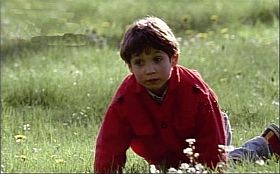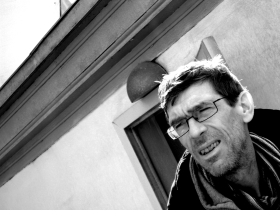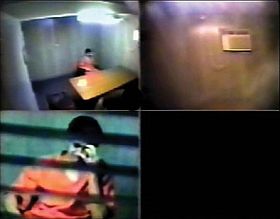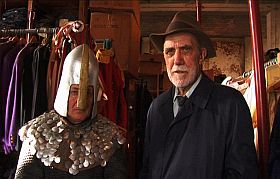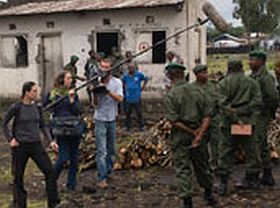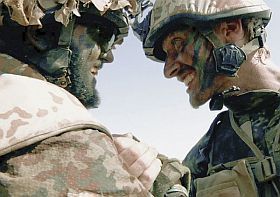At the end of last week the winners of the 23st idfa festival were announced. From the site of idfa I have taken this press report with easy references to content description of the films awarded, many of which will be going to other festivals and/or be shown on “a tv near you”:
Leonard Retel Helmrich’s Position Among the Stars, which opened the festival, was on Friday awarded both the VPRO IDFA Award for Best Feature-Length Documentary (valued at €12,500) and the Dioraphte IDFA Award for Dutch Documentary (€5,000). This is the first time at IDFA that a director has won the award for feature-length documentary twice. Retel Helmrich also won in 2004 with The Shape of the Moon (PHOTO). Nick Cunningham sums up:
“Position Among the Stars (the Netherlands) is the last instalment of his trilogy about the Indonesian Sjamsuddin family. The jury citation reads: “The film gives a fantastic insight in the lives of poor people in Indonesia. The filmmaker shows the rise of Islamic fundamentalism and the decline of Christian worship. The storytelling is clear, complete, poetic and not without humour. The filmmaker has patiently dedicated twelve years of his life to observing the lives of his subjects. With its beautifully observed details, the film is an example of how a master documentary maker can distil the essence of his subject. Retel Helmrich takes the time to be with his subjects, to take part in their lives, while maintaining his own view”.
The jury also granted a Special Jury Award to directors Luc Coté and Patricio Henriquez for You Don’t Like the Truth – 4 Days inside Guantánamo (Canada). The film concerns the case of Omar Khadr, who ended up incarcerated in Guantánamo Bay at the age of sixteen and is based on recordings of his interrogation. The jury felt that the film’s “effective use of
evidence, opinion and testimony, creates a provocative and moving story that reaches into the dark hole of our consciousness, maintaining a consistent visual and audio vocabulary that allows its viewers to determine what is just and what is moral.”
Dutch filmmaker Boris Gerrets received the NTR IDFA Award for Best Mid-Length Documentary (€ 10,000) for People I Could Have Been and Maybe Am, in which the director attempts to break through the anonymity of the big city by filming conversations with strangers on the streets of London with his mobile phone.
The IDFA Award for First Appearance (€ 5,000) was presented to Monster Jimenez for Kano: An American and His Harem (the Philippines), about an American who assembled a harem for himself in the Philippines and is now in prison for rape. Nevertheless, his many wives stick by him.
The Public Broadcaster IDFA Audience Award (€ 5,000) went to Lucy Walker’s Waste Land (UK/Brazil), about art photographer Vik Muniz, who is making a series of photographs of refuse scavengers at the world’s biggest refuse dump, in Rio de Janeiro.
Eva Küpper received the IDFA Award for Student Documentary (€ 2,500) for What’s in a Name (Belgium). The film is about New York body art performer Jon Cory and his sexual ambivalence. The film includes explicit performances he calls “gender terrorism.”
The Hyves IDFA DOC U Award – the € 1,500 award granted by a separate youth jury – went to Autumn Gold (Germany/Austria) by Jan Tenhaven. Autumn Gold follows five aged athletes preparing for a competition in Finland.
The first ever IDFA Award for Best Green Screen Documentary (€ 2,500) went to Into Eternity (Denmark/Sweden/Finland) by Michael Madsen. The film is an existential message for future generations about Onkalo, a depot deep below the rocky ground, where Finnish nuclear waste is to be permanently stored.
The jury also gave an honourable mention to The Pipe (Ireland) by Risteard Ó Domhnaill about resistance by local activists on the west coast on the Irish west coast to the construction of a gas pipe line by multinational Shell.
Another first this year, the IDFA DocLab Award for Digital Storytelling (a Canon 5D Mark II camera, made available by Canon) was presented to HIGHRISE/Out My Window (Canada) by Katerina Cizek. HIGHRISE/Out My Window portrays apartments and their inhabitants in thirteen world cities through 360-degree images.
www.idfa.nl



